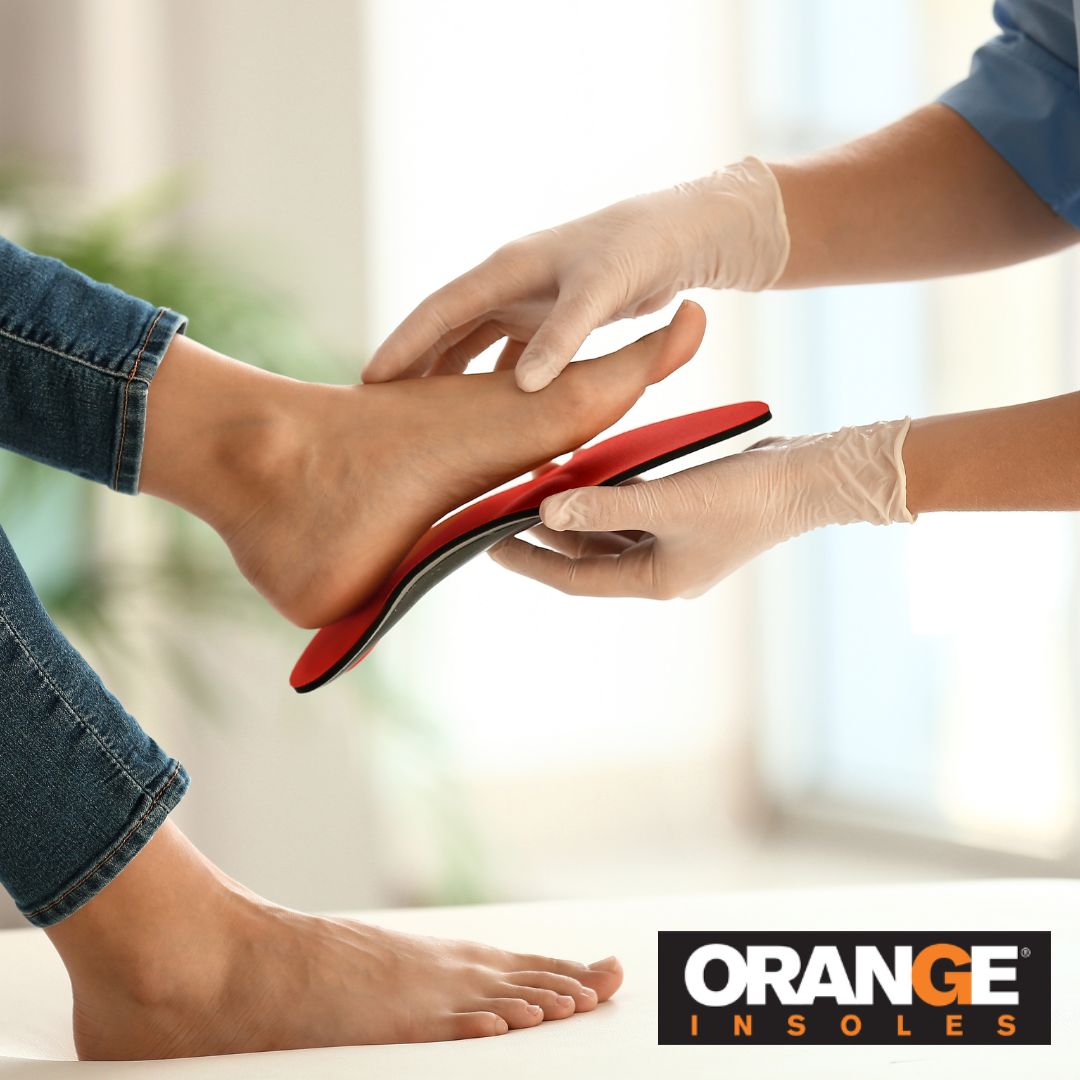Many individuals have turned to insoles for relief from foot ailments and other discomforts of the body because, well, they help! A lot of insole seekers are under the impression that the best insole choice is one that is custom made and sized to perfectly fit their feet. But is it really necessary to buy custom insoles? Or if you do have the budget for it, is it worth getting your insoles custom-made? Let’s talk about it.
The Footwear Conundrum
At first glance, custom insoles seem like the holy grail of foot support. Crafted to the unique contours of your feet, they promise unparalleled comfort and a solution to those pesky pains that accompany us daily. The allure of having something "just for you" is undeniable, but the price tag isn’t as alluring. And there lies the rub.
On the flip side, the aisles of your local stores and endless pages of online shops offer a whole selection of insoles, ready to be slipped into your shoes at a moment's notice. These commercially available insoles come in shapes and sizes galore, designed for the many, yet somehow finding a fit for the one—you.
So which is it? Commercial insoles or custom insoles? Before we proceed, we need to clarify something first: custom orthotics are NOT custom insoles. Though they get lumped together in conversation, they have distinct differences. Essentially, orthotics are medical devices that are prescribed by your podiatrist to treat a very specific condition that only orthotics can treat.
Read More: Insoles Vs. Liners Vs. Orthotics
Peeling Back the Layers
Custom insoles are not just products; they're a service. There is a meticulous measurement process that you need to go through to make sure all aspects of your foot size and lifestyle are factored into a custom insole. Some customizations might offer special materials to supposedly “boost performance” but it’s important to know what materials really make an insole work best.
Read More: What Are Your Insoles Made Of?
Commercially available insoles that are built well can perform just as well as custom insoles, and sometimes even better. There’s no guarantee that the custom insoles will have better materials for support. The only thing that truly makes custom insoles different is the sizing customization. The market for commercially ready insoles cover all sizes possible so it’s not really as big a deal to get size customization.
When Is It Wise To Get Custom Insoles?
Frankly speaking, it’s generally not the wisest decision financially. If you’re looking for something custom-built for your shoes, you should ask your podiatrist if you really need them.. They aren’t cheap and a custom orthotics will cost around 200$ to 800$ a pair.
If you have asymmetry in foot size and you don’t want to cut commercial insoles to match the sizing, then custom insoles could be an option. Maybe you also have a unique foot shape that commercial insoles do not match, once again custom insoles are the preferred choice.
Because insoles need to be replaced as often as 2-3 times a year (depending on use), you need to ask yourself if you’re willing to shell out money as much as a new pair of shoes (or more!) every time you get a custom insole done.
What Kind Of Insoles Are Available Commercially?
Commercial insoles cater to a wide range of needs, preferences, and foot conditions. What’s important when choosing insoles is that the pair have good support and proper cushioning that doesn’t simply go away when worn once.
At Orange Insoles we have 3 kinds of insoles:
1. Full-Length Insoles
Designed for: Comprehensive foot support covering the entire length of the shoe.
Best for: Daily wear in casual, work, or athletic shoes with removable liners. They're ideal for individuals who need consistent support across the entire foot, including the heel, arch, and forefoot.
Product: Orange Full, which provides arch support, a deep heel cup for stability, and is made to replace the existing shoe liner.
2. 3/4 Length Insoles
Designed for: Offering arch and heel support without extending the full length of the shoe, making them easier to fit into a wider variety of footwear.
Best for: Shoes with non-removable insoles or tighter fitting dress shoes where a full-length insole might not fit comfortably.
Product: Orange 3/4, which is designed to provide arch support and heel stabilization, fitting into shoes without needing to remove the current insole.
3. Light Insoles
Designed for: Minimalist support without adding significant bulk or altering the fit of the shoe too much.
Best for: Slimmer, tighter-fitting footwear where space is limited, such as dress shoes, flats, or low-volume athletic shoes.
Product: Orange Light, offering a slimmer profile while still providing essential support and cushioning, particularly suitable for daily wear in sleeker shoes.
Getting the Best Value:
To be clear, this guide does not tell you that getting custom insoles is the wrong choice. Ultimately it boils down to your preferences and what you are comfortable with. Just make sure you are making an informed decision and that whatever you get, will remedy the problems you are experiencing.
Here are some additional tips if you do want to consider custom insoles:
- Consult with a Professional: A thorough evaluation by a qualified professional can determine whether you genuinely need custom insoles or if an over-the-counter solution might suffice.
- Check Insurance Coverage: If you have a medical condition that necessitates custom insoles, contact your insurance provider to see if they offer coverage and what their requirements might be (this covers specifically custom orthotics).
- Consider Long-Term Benefits: Evaluate the cost against the potential benefits, such as pain relief, improved mobility, and prevention of further foot health issues.
Commercial insoles could be the most affordable and best choice for however, don’t choose just any insole. Explore your needs and find out what kind of insoles work best for you so you don’t end up wasting money on the wrong insole.

























































